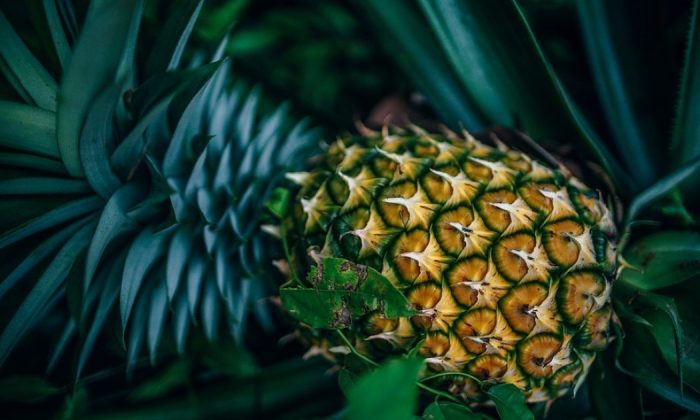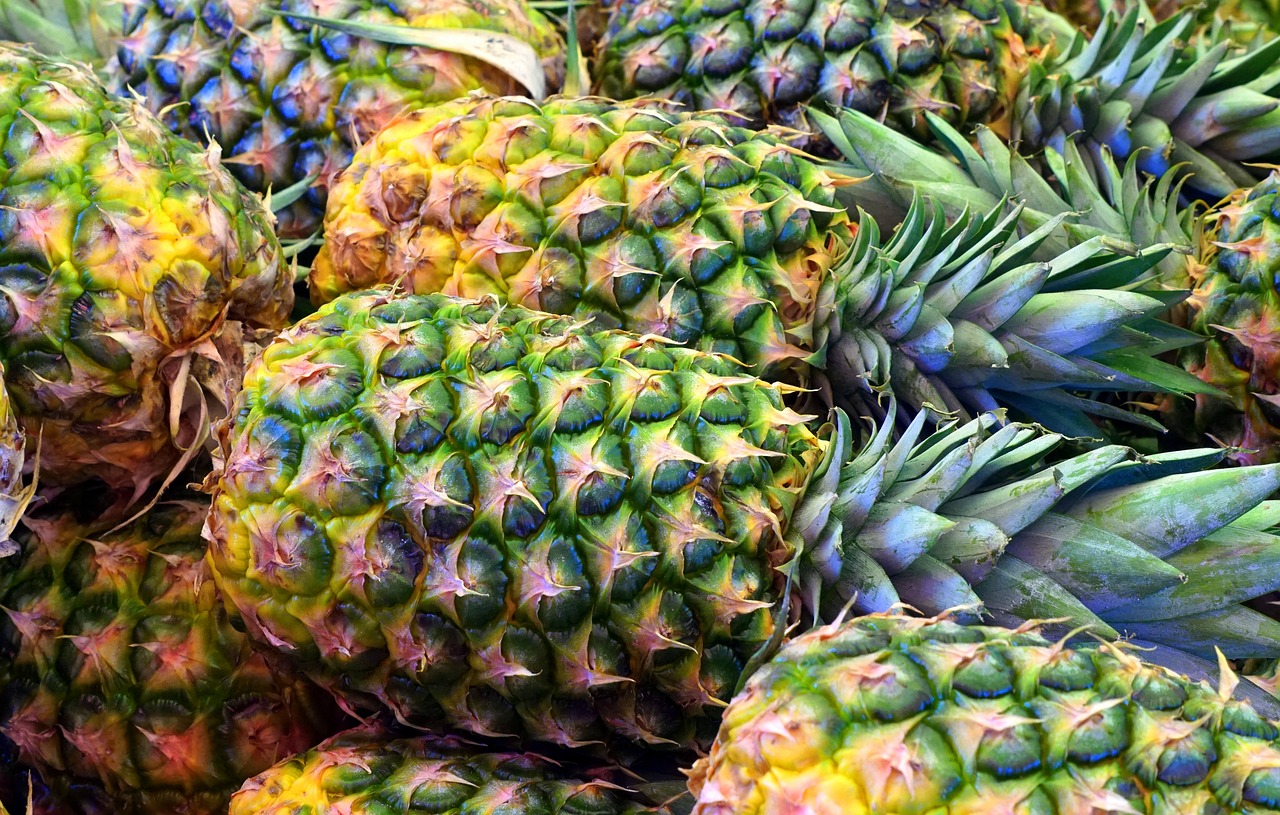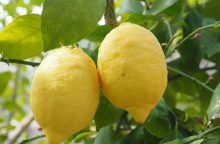Pineapple is great for you but you need to avoid this common mistake

Pineapple is a very popular fruit that many of us include in their diet – despite its exotic origin. It supplies our body with plenty of vitamins and trace elements, but mainly with vitamin B, C and beta-carotene. Trace elements include magnesium, manganese, sulphur, zinc, iron, potassium and phosphorus, all of which are very important for our bodies.
Unfortunately, we do not always get all the good stuff from pineapples and it is our fault
and the reason is quite simple. – Few people actually know how to choose the right one. But do not despair. We shall tell you what to look for and you will never be unsure when choosing between the good and the bad pineapple.
Do not believe the flashy tropical movies from the Caribbean. A perfectly yellow pineapple is a myth
Every child knows how the right and ripe pineapple should look like. When painting the flesh any kid would pick a yellow crayon and then brown and orange for the skin. However, these criteria do not apply when you want to choose a ripe pineapple because pineapple comes in many varieties and even almost completely green fruit may be fully ripe.
Photo: Pixabay
So, colour is not the most important criterion. Smell is much more important. If the pulp smells like flowers and tropical fruits, sweet but not tangy then you found a perfectly ripe one. It doesn’t matter if it is brownish underneath (but without black spots). Fragrance never lies. So, do not be shy and sniff the fruit carefully! You may be surprised but this “smell” approach works with many other fruits too. For mangoes for example.
Not sure? Keep testing
Another important clue: the leaves – pull on leaves lightly and they should come loose with a little force. But if leaves come off completely, it is usually a sign that the fruit is overripe and quite possibly rotten so do not buy pineapple like that.
Preview photo: Pixabay

Gardening is my hobby, I have a lot of experience and I am happy to share it.









0 comments